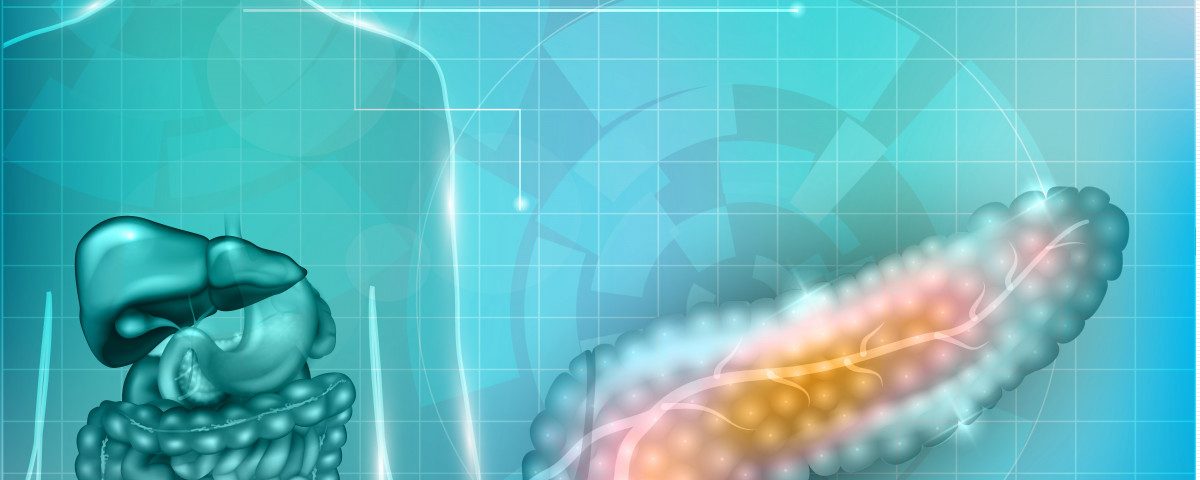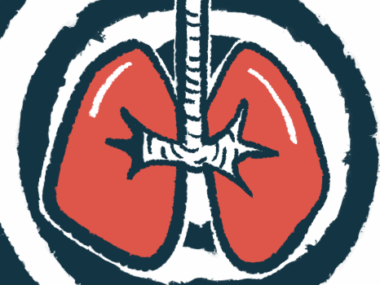CF Science Is Unexpectedly Beautiful
Written by |

During my sophomore year of college, the background on my computer screen was a cystic fibrosis transmembrane conductance regulator (CFTR) protein, specifically a visualization of its quaternary structure. It looked something like this image.
The simplified graphic isn’t an exact representation of what the CFTR protein looks like in the body. The structure is composed of amino acids and their interactions: the coils are called alpha helices and the flat sections are beta-pleated sheets – secondary structures that dictate how sections of amino acids will interact and ultimately how the overall protein structure will fold.
When I first saw the visualization, I couldn’t put my feelings into words. The visualization is that of a “normal” CFTR protein — one I may never have, though with the help of Orkambi (ivacaftor/lumacaftor), my CFTR is closer to normal than it was.
The CFTR protein is tiny, but thanks to modern technology we can visualize it. Broken versions of that single protein have wreaked havoc on my life and the lives of hundreds of thousands of others throughout history.
Ask questions and share your knowledge of Cystic Fibrosis in our forums.
If you know how difficult life is for people with cystic fibrosis (CF) in the 21st century, you can imagine how hard it was before current medical advances in the field. Those who had both copies of a dysfunctional CFTR protein rarely survived past childhood unless they had functional mutations. You need two defective copies of the gene to get CF, which explains why the disease has persisted through the centuries.
We know that both carriers and people with two copies of dysfunctional CFTR are immune to both typhoid fever and cholera. For carriers, this phenomenon is known as heterozygote advantage. Since typhoid fever and cholera are diseases that utilize chloride channels (of which CFTR is one) to inflict damage, it’s believed that the inherent disadvantage caused by having at least one mutation of CF became an advantage.
Someone with just a single copy of CFTR is at a higher risk of dehydration, which would have been a considerable disadvantage in hotter areas. This may explain why CF is most common in those of European descent. This immunity likely explains why carriers persisted: Those with a copy of CFTR helped populations ravaged by typhoid fever and cholera to flourish.
Though cholera and typhoid fever aren’t as prevalent as they once were, it’s weirdly consoling to know that there is at least some degree of physiological advantage to having CF.
As I sat down to write this column, I looked at my image of a normal CFTR protein and felt nostalgic. It was there in the background as I spent countless hours studying, learning, and wondering about the world, and it has led me here, to today.
While I’m not glad that I have CF, I’ve found an unexpected beauty in the science behind it, and for that I’m thankful.
And if you’re wondering, this image is now the background of my screen.
Follow along with Tré’s other writings on his humbly named site, www.trelarosa.com.
***
Note: Cystic Fibrosis News Today is strictly a news and information website about the disease. It does not provide medical advice, diagnosis, or treatment. This content is not intended to be a substitute for professional medical advice, diagnosis, or treatment. Always seek the advice of your physician or other qualified health provider with any questions you may have regarding a medical condition. Never disregard professional medical advice or delay in seeking it because of something you have read on this website. The opinions expressed in this column are not those of Cystic Fibrosis News Today, or its parent company, Bionews Services, and are intended to spark discussion about issues pertaining to cystic fibrosis.









Leave a comment
Fill in the required fields to post. Your email address will not be published.